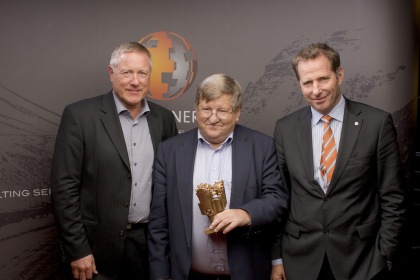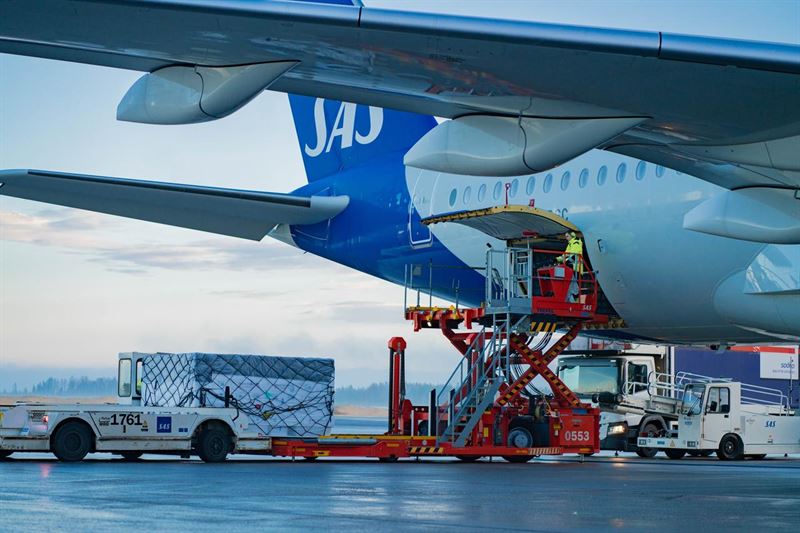
(Photo:Rystad Energy.com)
Oil prices have dropped from the comfortable level of 105-110 USD/bbl in July towards the 90 USD/bbl mark that we see today. The E&P companies have been under a large pressure the last years due to galloping costs, and the result have been delayed and cancelled projects, reducing their investment commitments, said Senior Analyst Audun Martinsen in Rystad Energy on a oil-and gas conference in Aberdeen this week. This will harm potential EPCI and subsea contracts offshore in Norway, said CEO Jarand Rystad and enior Analyst Audun Martinsen.
A falling oil price will continue to make the situation worse, as activity on marginal projects becomes uncommercial. If the oil price stabilizes at 80 USD/bbl Rystad Energy expects the OFS purchase growth to fall from 4.5% to 3.5% year on year towards 2020. Although there are forces in place that will limit the oil price floor, it would be interesting to investigate this scenario in more detail.
Purchases will grow
The combined OFS purchases are expected to grow with an average annual rate of 4.5% towards 2020 given a stable high oil price. Subsea equipment and SURF is expected to achieve double digit growth in this timeframe while maintenance and operations is expected to have the lowest. If the oil prices stabilize at 80 USD/bbl we would see the purchases of oilfield services drop with one percentage point to only 3.5% year on year. The market that would take the largest hit is the subsea market that would get 4.5 ppts cut off its growth. The EPCI market will have the largest relative impact on its demand as new marginal shallow water projects and life extensions projects will be cancelled. Rig contractors and related well services will see a limited reduction as brownfield drilling would be increasing. Maintenance and operations have also a limited downside as the total installed base of platforms will still grow and there is limited MMO efficiency to be obtained.
Shaved from the Market
In total there is about 400 billion USD of OFS purchases that can be shaved from the 2014-2020 market, 70% of which is located offshore. The 400 billion USD is about 5% of the 8 trillion USD that would be spent in a stable oil price regime. Broken down on geographies, 18% of the projects are located in South America, and full scale development of Brazilian deepwater fields will be in risk and put a large pressure on subsea and EPCI demand. Then we have North America with deepwater Gulf of Mexico and offshore Canada that offer a second downside. Expansion of oil sands projects in Canada and less prospective shale acreage in US adds to the downside. Asia, Africa and Europe pose a risk with Asian LNG projects, FSPO developments in West Africa, and Barent’s Sea developments in Norway, harming once again potential EPCI and subsea contracts, said CEO Jarand Rystad and enior Analyst Audun Martinsen on a oil and gas conference in Aberdeen this week.




